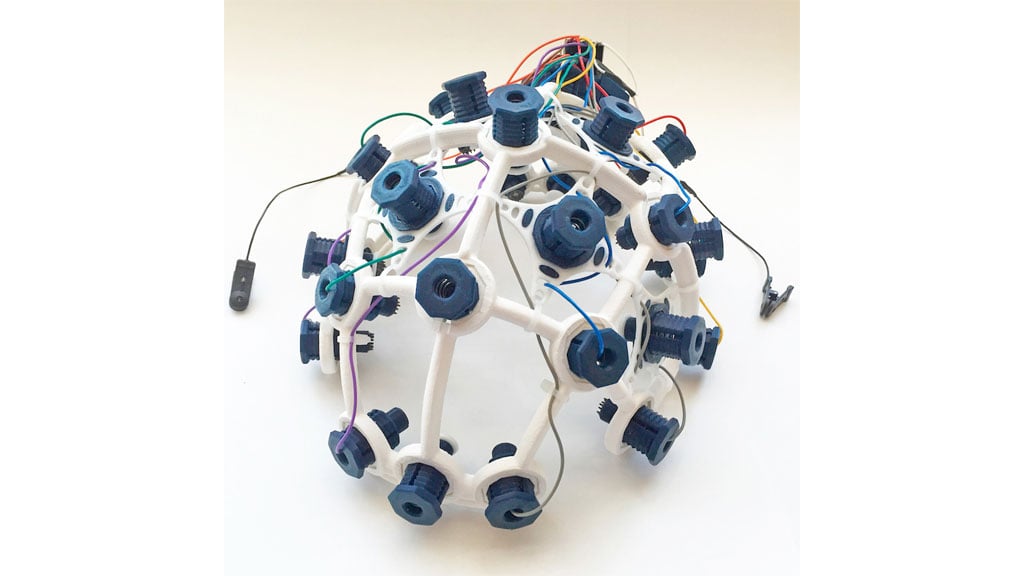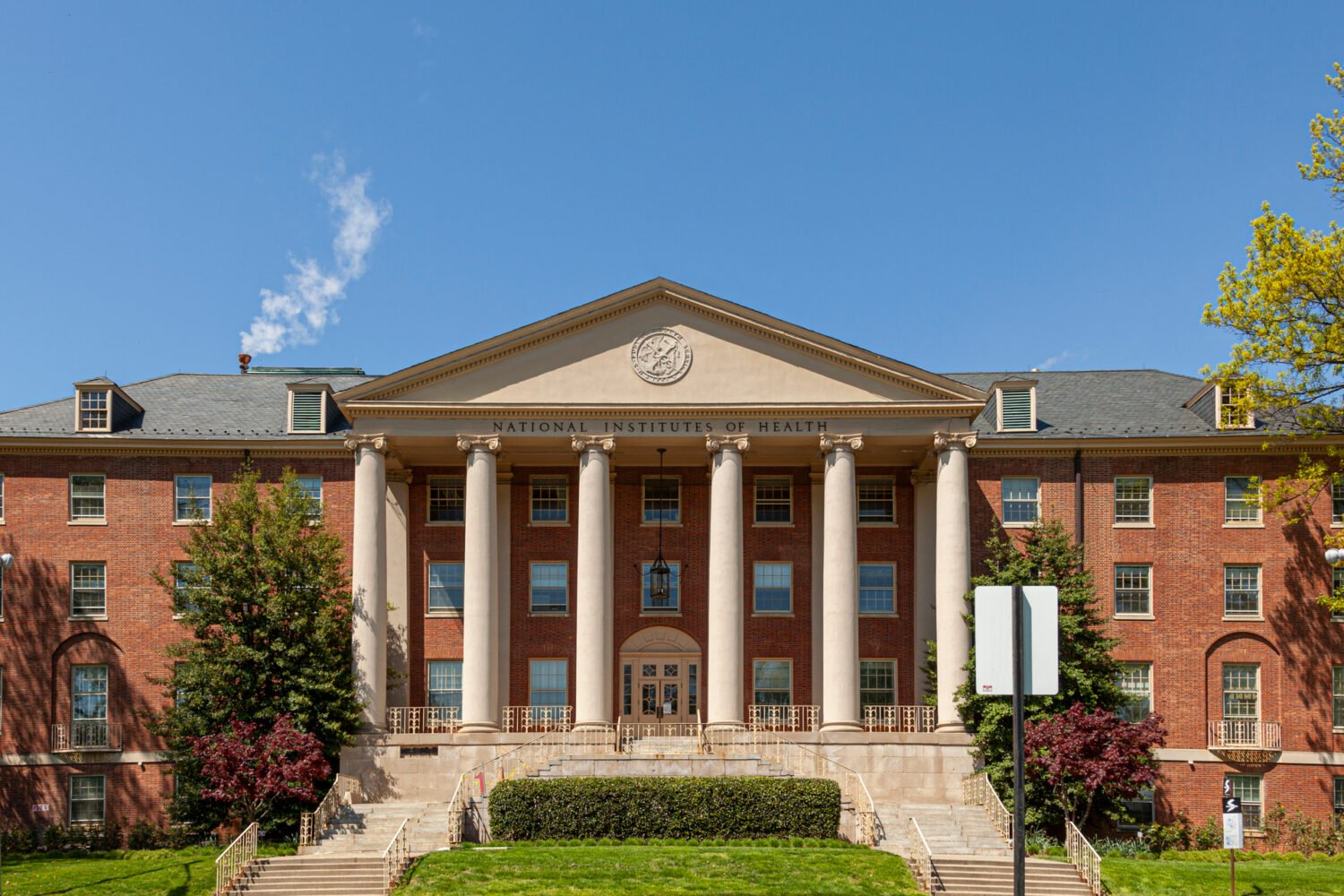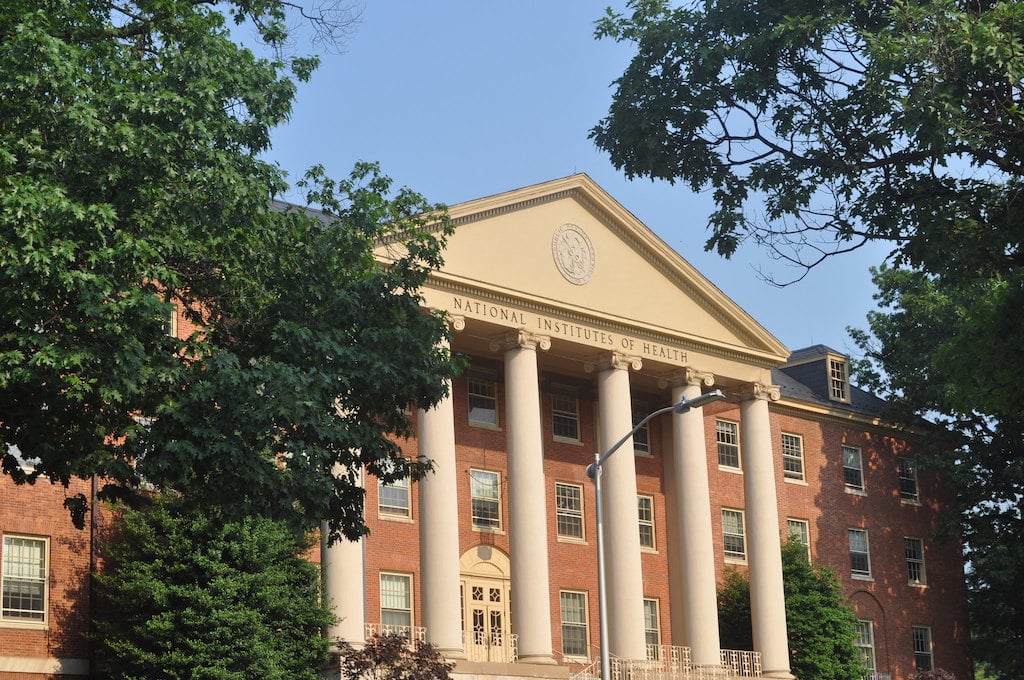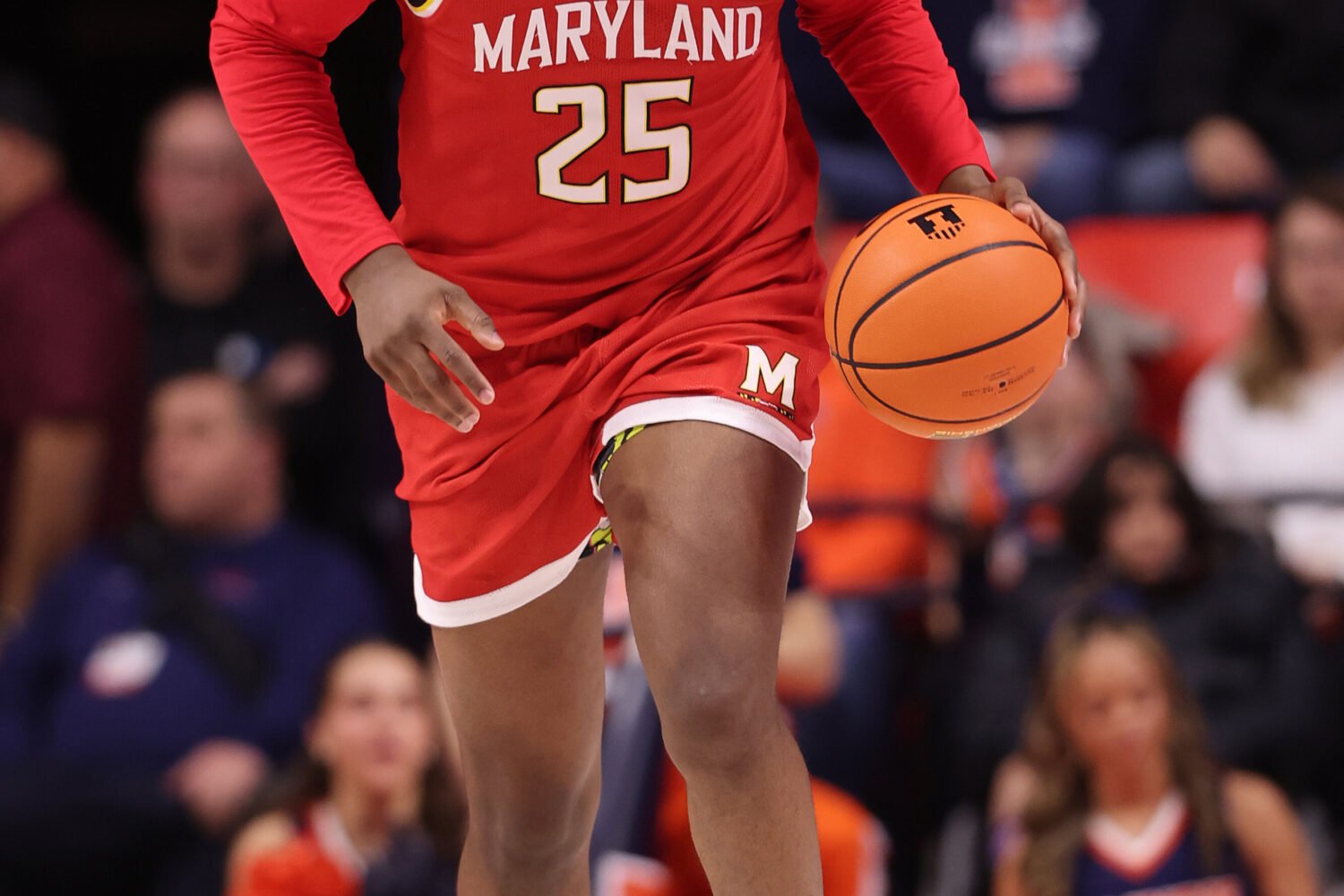It’s a cool time for young people interested in changing health care. Tech is more accessible, and it no longer takes multiple degrees to make a difference. That’s certainly the case for a team of University of Maryland bioengineering undergraduate students, who just took home the top prize—a $20,000 award—in the Design by Biomedical Undergraduate Teams (DEBUT) competition by the National Institutes of Health’s (NIH) National Institute of Biomedical Imaging and Bioengineering (NIBIB).
The team—which was made up of seven students in UMD’s class of 2020—were up against 41 entries from teams across the country that had designed prototypes of products to “advance technology and improve human health.” UMD’s winning prototype, a wearable EEG monitor, is intended to help diagnose Alzheimer’s disease.
Dhruv Patel, who led the UMD team along with Chris Look, says that he was inspired to look for innovation in Alzheimer’s after his grandfather was diagnosed with the disease.
“I pursued research into the disease and how current mechanisms fail to diagnose it in an earlier stage,” says Patel. “I saw there was improvement to be made, and so I set out to make that improvement.”
To create their prototype, the students used an OpenBCI portable EEG monitor as their base, then plugged in clinical data obtained from international medical institutions into machine learning tools to enable the device to tell healthy brain waves apart from an Alzheimer’s patient’s brain waves. In one of the tests the students designed, the monitor-wearer hears two different tones—one at a high frequency, the other low—and then the EEG monitor reads their responsive brain waves to determine whether they are reading as an Alzheimer’s patient would.
The device—which won first place ahead of a brain surgery mapping tool by the second place team from Arizona State University and a cornea transplant device by the third place team from Johns Hopkins University—caught the attention of the judges because it both addressed a widespread problem in health care and has the potential to make a big difference in how that problem is approached in the future.
“Such a device that can easily be used by a clinician to determine that an individual is inflicted with Alzheimer’s disease before the patient displays clinical symptoms can both guide the clinician in the treatment of the patient and allow the patient and their family time to prepare,” says NIBIB’s program director for interdisciplinary training Zeynep Erim. “The impact for society is immense.”
Patel says that the $20,000 award will be invested in their newly filed LLC, Synapto. Patel and his Synapto co-founder, Look, are planning to pursue a patent for their technology within the next year. They also plan to continue collecting data from medical institutions around the globe to improve their device’s accuracy in identifying Alzheimer’s brain waves, before eventually moving into clinical trials.
Correction: A former version of this story incorrectly identified Zeynep Erim as Erim Zeynep.




















